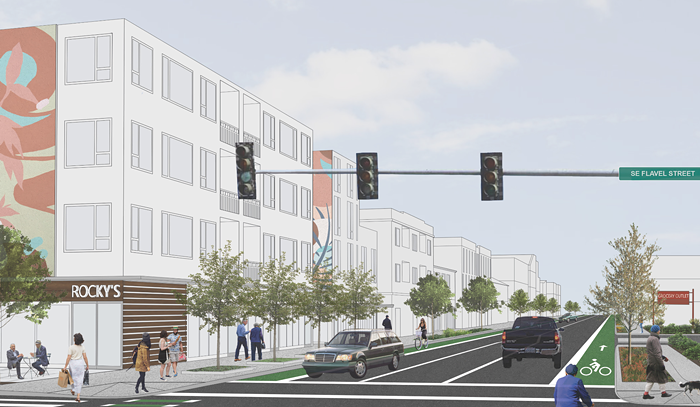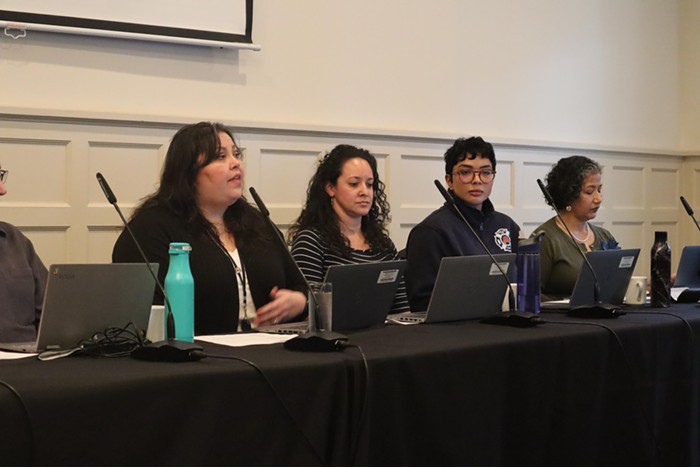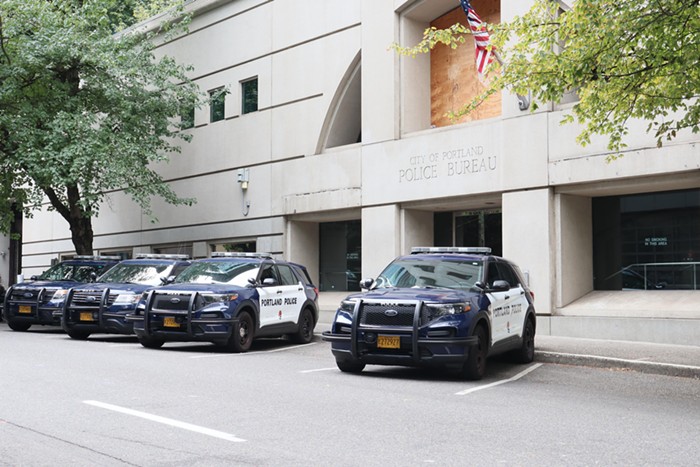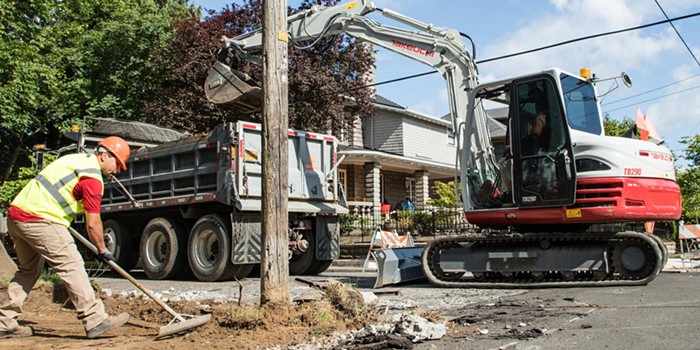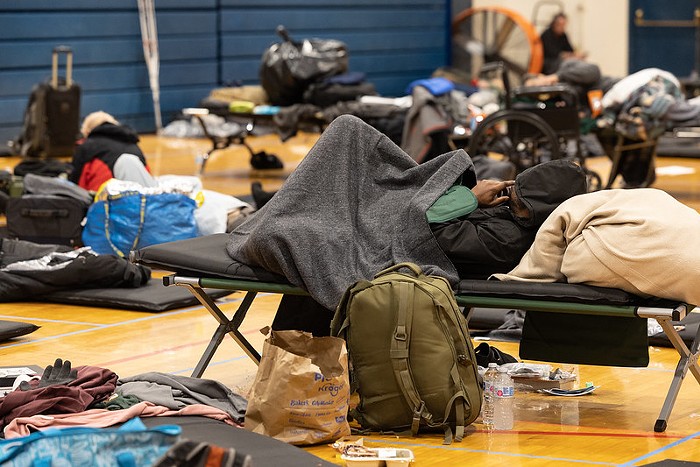OREGON RUNS 14 prisons, and the state's leaders really, really don't want to build a 15th.
So in last year's legislative session, lawmakers hatched a plan to curb the state's persistent prison growth. In a much-discussed bit of legislation, House Bill 3194, they tweaked the policies Oregon judges and jailers labor under. Some criminals who'd have gone to prison before the bill would instead receive probation, others would get shorter sentences, and some prisoners would be paroled months ahead of schedule.
It was a neat concept. Not only would Oregon avoid (for now) the revenue suck of building and running a whole new prison, it would save millions by housing fewer inmates. That money, in turn, could be reinvested into local justice programs that help lower the crime rate.
"The whole purpose was: We will give up sentencing things we care about, if you give us some of that money," says Dwight Holton, Oregon's former US Attorney, who was asked by Governor John Kitzhaber to help spearhead the effort. "The potential is enormous."
Nearly a year after Kitzhaber signed HB 3194, though, there are some surprises.
State figures suggest more people are being sent to prison for some of the very crimes HB 3194 targets—not less. And in some cases, prisoners are serving more time for crimes that judges should in theory treat with more lenience.
According to the most recent forecast, Oregon's current prison population of 14,600 should shrink for the next three years thanks to sentencing reform, then begin to grow again. And prison use is down from last year—largely thanks to a provision in HB 3194 that grants some inmates earlier release.
But officials have repeatedly adjusted predictions for prisoner declines under HB 3194, and there's uncertainty whether the state as a whole will meet goals to reduce prison use—goals tied to millions that might be doled out to Oregon counties in the next two-year budget cycle.
"This is a balancing act," says Suzanne Hayden, executive director of the Citizens' Crime Commission. "We're extremely motivated."
Under the sentencing reform bill, each of Oregon's 36 counties received an infusion of cash based on how many inmates they send to the Oregon Department of Corrections (DOC). Disbursements ranged from $50,000—for seven sparsely populated Eastern Oregon counties—up to $3.1 million for dense Multnomah County. That funding is supposed to pay for programs that will reduce criminal recidivism, and, earlier this month, Multnomah County officials unveiled how they plan to do that.
Currently, the county studies criminals' likelihood to re-offend only after they've been convicted and sentenced. But starting July 1, the county's going to spend much of its remaining $2.7 million to assess accused felons while they await trial. Officials hope collecting that information earlier will better sort who should be sent to prison and who should be given a shot at supervised probation.
"This is exactly what was envisioned by the governor and the legislature," Holton said at a recent meeting of Portland justice officials and elected leaders. "I hope this conversation is happening in 35 other counties."
If those conversations are occurring, they're not necessarily reflected in the most recent numbers. According to an analysis by the Oregon Criminal Justice Commission (CJC), 16 Oregon counties actually sent more people to prison between August 2013 and April 2014—after HB 3194 was passed—than during the same period a year earlier. Some of those increases are incremental, but four counties have logged dozens more prison sentences. Lane County leads the way, with 54 additional prison intakes. Clackamas County is up by 35.
At the other end of the spectrum, Multnomah County sent 92 fewer prisoners to a DOC facility from August 2013 to April 2014. Washington County reduced its state prisoners by 13. Statewide, prison intakes were down by 23.
More puzzling, some of the drug offenses HB 3194 explicitly targeted for less prison and shorter sentences have actually led to more people being sent to prison, for longer. The CJC anticipated roughly 90 fewer prisoners sentenced for delivery of meth and heroin by now, according to CJC staffer Michael Schmidt. In fact, 84 more people have gotten time for those crimes. The time prisoners are incarcerated for non-marijuana drug offenses has increased by almost a month and a half.
Prison intakes for third-degree robbery, another targeted offense, have also increased slightly.
The explanation depends on whom you ask.
Some officials told the Mercury the sentencing changes in HB 3194 guarantee the predicted inmate reductions will occur. Regardless of what justice officials do, they say, inmate numbers will decrease over time.
So what's with the data showing an increase in prisoners for certain targeted crimes?
"We think we're seeing more large-scale cases being submitted," says Multnomah County District Attorney Rod Underhill, explaining why his office has, according to CJC data, sent more people to prison for drug offenses.
Meanwhile, Clackamas County District Attorney John Foote says it's too early to tell what effects reform is having.
"You can't look at the short-term numbers," Foote says. "If you look at the numbers over time, they're tracking [with state forecasts]."
But there's another school of thought. CJC Executive Director Craig Prins says Oregon counties, like Multnomah, are only just rolling out programs to help ease prison use. HB 3194 isn't a set-it-and-forget-it tool, as some argue, Prins says. It's an effort that needs buy-in across the state. Once that happens, he believes prison use will better reflect the sentencing reforms.
"The Multnomah project is a perfect example of how we hoped this would work," Prins says. "We're not getting the results yet, statewide, that we hoped."
There is some urgency to hit those marks. For the first round of HB 3194 funding, Oregon counties split $15 million to put into local programs. If prison use shrinks by as much as anticipated by July 2015—the beginning of the next budget cycle— counties could have more than four times that much to play with.
"If we're unsuccessful, then we're back to the same starting point," says Hayden, the Citizens' Crime Commission director. "The Department of Corrections will begin the process to build a prison.


